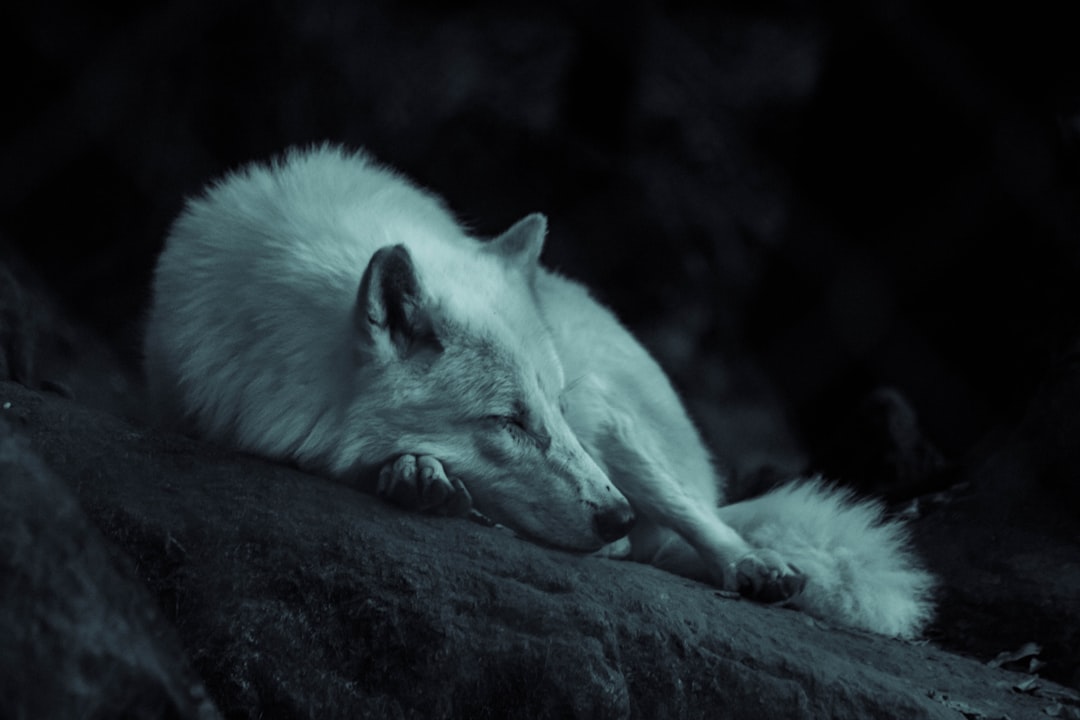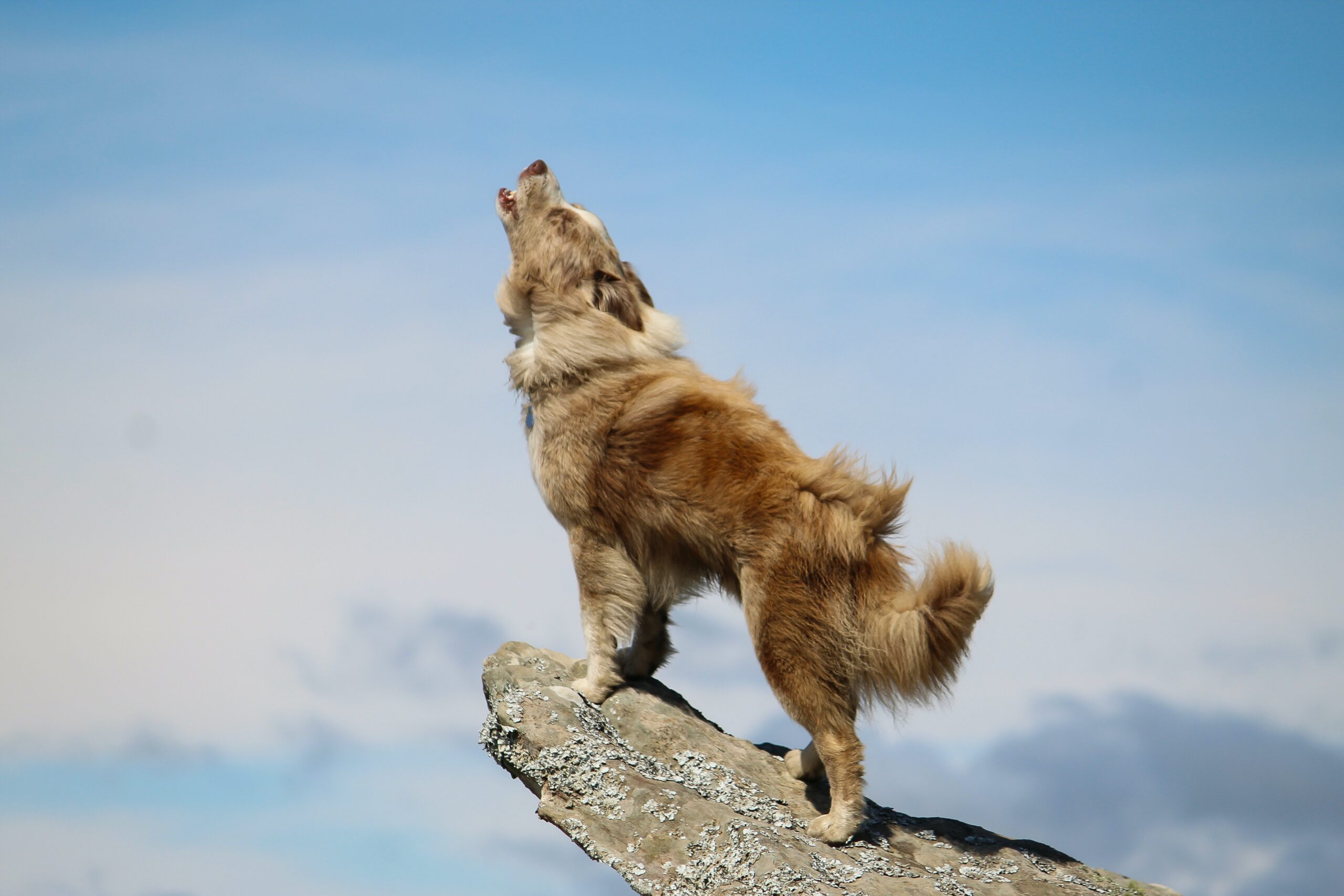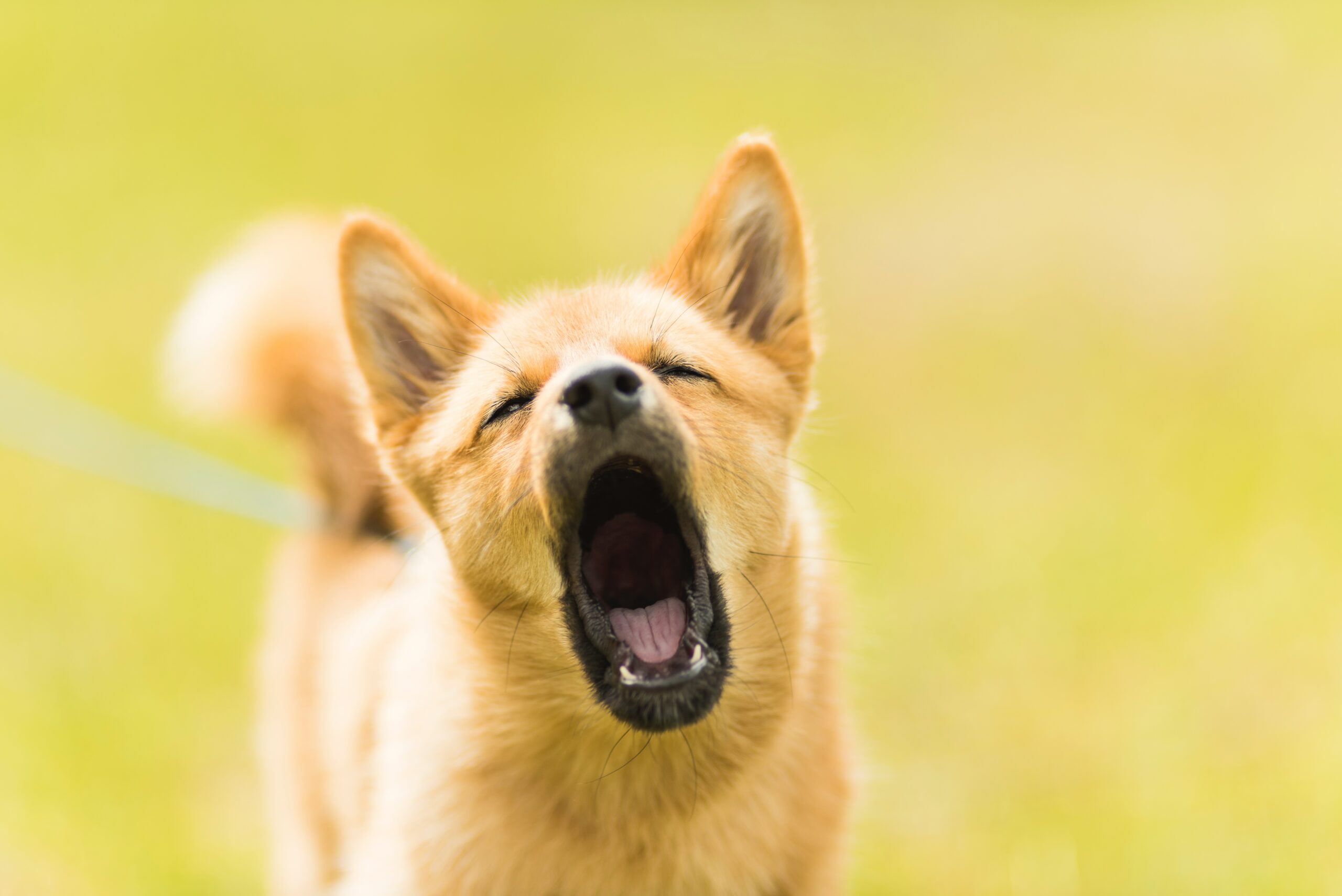- You are here:
- Home »
- Blog »
- Boston Dog Trainer »
- Why Do Dogs Howl? The Evolutionary Link Between Wolves and Dogs
Why Do Dogs Howl? The Evolutionary Link Between Wolves and Dogs
Why Do Dogs Howl? The Evolutionary Link Between Wolves and Dogs
The article explores the social behavior of wolves and its connection to dog howling, discussing the evolutionary impact of domestication, the role of howling in canine communication, and the understanding of the evolutionary origins of dog howling.
The Social Behavior of Wolves
In addition to their sophisticated communication methods, wolves also use howling as a form of long-distance communication and territorial marking. For instance, when a wolf howls, it can be heard by other pack members over several miles, helping to maintain contact and cohesion within the pack. Not only does howling facilitate long-distance communication, but it also plays a crucial role in marking the pack’s territory and avoiding conflicts with other wolves or unfamiliar individuals.
Furthermore, the factors influencing wolves’ response to howls add another layer of complexity to their social dynamics. For example, during different seasons, the response to howls may vary, reflecting the adaptability of wolves’ social behavior in response to environmental changes. Additionally, social status and pack size also play significant roles in how wolves react to howls, demonstrating the intricate nature of their social hierarchy and the influence of pack dynamics on their communication methods. These insights into the multifaceted social behavior of wolves provide a deep understanding of the evolutionary origins of dog howling and its connection to the social behavior of their wild ancestors.
Evolutionary Impact of Domestication on Dog Howling
The process of domestication has significantly influenced the vocal behavior of dogs, leading to a disintegration of howling from their communication repertoire. Unlike their wolf counterparts, domesticated dogs have developed a diverse range of vocalizations that serve various purposes in their interaction with humans and other animals. For example, while wolves use howling as a form of long-distance communication and territorial marking, dogs have adapted to bark, whimper, growl, and use other vocalizations to express their needs, warnings, and emotions.
Furthermore, the impact of domestication on dog howling is evident in the contrasting traits between ancient and modern breeds. Ancient breeds, which share more genetic features with wolves, tend to exhibit a stronger inclination towards howling behaviors in comparison to modern breeds. This distinction underscores the enduring influence of domestication on the vocal behavior of dogs and how it has shaped their communication styles, reflecting the multifaceted nature of the evolutionary process.
In addition, the genetic distance of breeds from wolves has been observed to affect howling behavior in response to wolf howls. For instance, when exposed to wolf howls, dogs that are genetically closer to wolves display a greater tendency to respond with howling and exhibit stress behaviors. This suggests that the evolutionary origins of dog howling have a substantial impact on their vocalization patterns, highlighting the intricate interplay between genetic heritage, domestication, and the expression of vocal behaviors in canines.
The Connection Between Wolf Howling and Dog Howling
The connection between wolf howling and dog howling is deeply rooted in the evolutionary history of canids. For instance, in the wild, wolf pups learn howling as a form of communication and team-building, which becomes contagious among the pack, highlighting its significance in their social dynamics. This behavior is a fundamental aspect of wolf social behavior and plays a crucial role in maintaining the cohesion of the pack. This learned behavior has persisted over generations and has been inherited by domesticated dogs, underscoring the strong link between the vocal behaviors of wolves and dogs.
Moreover, the differences in howling behavior between ancient and modern breeds of dogs in response to wolf howls can be attributed to their distinct genetic and behavioral traits. Ancient breeds, which are more closely related to wolves, tend to exhibit a higher frequency of stress behaviors and howling in response to wolf howls compared to modern breeds. This difference is a testament to the enduring influence of their shared ancestry and the retention of certain behavioral traits. It also emphasizes the importance of understanding the evolutionary origins of dog howling, as it provides valuable insights into the behavioral patterns of different dog breeds.
Furthermore, the stress-related nature of howling for some dogs, especially when they are left alone, sheds light on the emotional and psychological dimensions of this vocalization. Understanding this aspect is crucial for dog owners and researchers as it provides valuable information for addressing the welfare and well-being of dogs. It also underscores the need for a comprehensive approach to studying dog behavior, taking into account both their genetic predispositions and environmental factors that can impact their vocal behaviors.
The Role of Howling in Canine Communication
Wolves and dogs use howling as a primary form of communication to convey important information to other pack members. This behavior allows them to maintain contact over long distances, mark their territory, and locate other members of their pack. For example, in the wild, wolves use howling to announce their presence, establish boundaries, and coordinate activities with other members of their pack. In a domestic setting, dogs may howl to express separation anxiety when left alone or to communicate with other dogs in the neighborhood.
Ancient breeds, such as the Siberian Husky and Alaskan Malamute, share more genetic features with wolves and are more likely to exhibit howling behavior. These breeds use howling as a means to avoid conflict and maintain social cohesion, similar to their wolf ancestors. On the other hand, modern breeds, which have been selectively bred for various purposes, may exhibit different vocalization patterns and have a reduced inclination to howl compared to ancient breeds. Neutering and genetic traits have also been found to influence howling behavior, with neutered males, lacking testosterone, being more prone to howling in response to playbacks and potentially displaying higher levels of fear. This demonstrates the complex interplay between genetic predispositions and environmental factors in shaping the vocal behavior of dogs.
Understanding the Evolutionary Origins of Dog Howling
A comprehensive understanding of the social behavior of wolves is crucial for comprehending the evolutionary origins of dog howling. This knowledge holds immense significance for dog owners and researchers, as it provides insights into the enduring influence of ancestral traits on the vocal behavior of domesticated dogs and underscores the importance of recognizing the historical and biological underpinnings of this characteristic.
Wolves, the ancestors of domesticated dogs, exhibit intricate social structures and communication methods. For example, wolves use a variety of vocalizations, including howling, to communicate over long distances, mark their territory, and locate other pack members. The evolution of these communication methods in wolves has played a pivotal role in the development of similar vocal behaviors in domesticated dogs. By understanding the social dynamics and communication strategies of wolves, researchers and dog owners can gain valuable insights into the evolutionary origins of dog howling and the factors that influence this behavior in different breeds.
Furthermore, delving into the evolutionary roots of dog howling can shed light on the genetic and behavioral differences between ancient and modern breeds. Ancient breeds, which share more genetic features with wolves, may exhibit a stronger inclination towards howling and a heightened response to wolf howls compared to modern breeds. This emphasizes the deep-seated connection between the social behavior of wolves and the vocal tendencies of dogs, highlighting the profound impact of domestication on the vocal repertoire of canines. Understanding these evolutionary origins is essential for comprehending the complex interplay between genetics, social behavior, and vocal communication in dogs, ultimately providing valuable insights for dog owners, breeders, and researchers.



